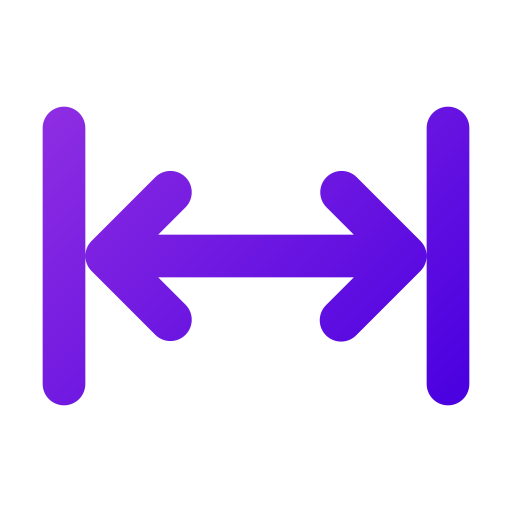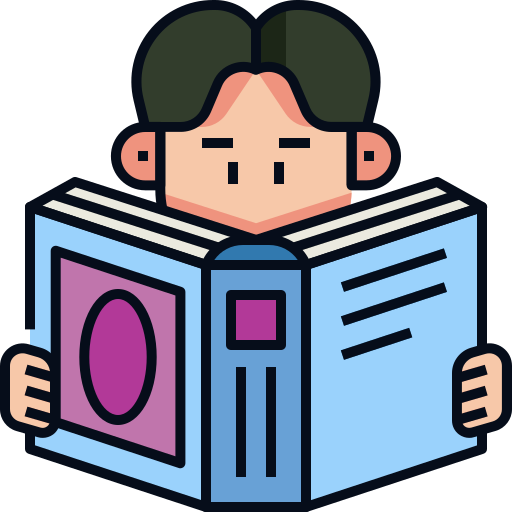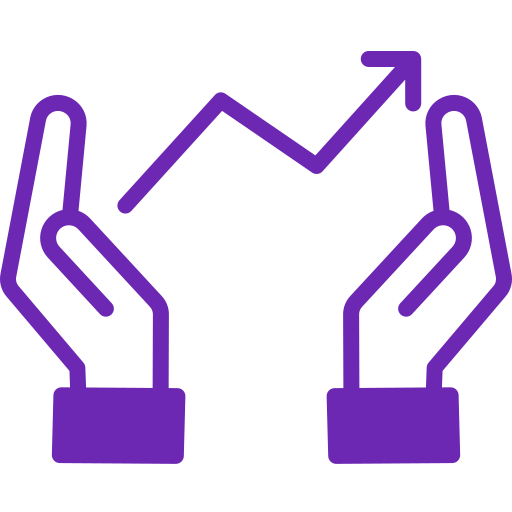Helping Every Early Learner Make Progress in Early Literacy- Individualized Education Programs.
The importance of evidence-based core instruction and research-driven assessments cannot be overstated, especially given that they have not always been the topmost priorities in education. The same holds true for monitoring student progress and providing early interventions.
Every student learns differently, and at their own pace. Thus, by raising the quality of education for all, the goal is to meet each student where they are, while simultaneously ensuring systems are in place to provide timely support.
As every student is different, there is a special place in our hearts for those students with learning difficulties or disabilities .
Probably more than anyone else, these students require additional support to succeed in early literacy, making it essential to dedicate increased attention to their unique needs.
This article goes over the nature of Individualized Education Plans (IEP), their prevalence in education, the systems that exist to support them, and how best to optimize educational systems in order to serve students with learning difficulties or disabilities.
What is an Individualized Educational Program/ Individual Education Plan?

In the US, every public school student receiving additional education services must have an Individualized Education Program (IEP), a personalized plan tailored to their unique needs.
The IEP brings together teachers, parents, administrators, specialists, and, when appropriate, the student, ensuring a collaborative approach to improving educational outcomes for children with learning difficulties or disabilities.
These individuals combine their knowledge, experience, and dedication to create an IEP that supports the student’s engagement and progress in the general curriculum. The IEP serves as a roadmap for delivering individualized education services and support.
In Canada, the IEP goes by different names depending on the province. In Ontario, for example, it’s called an Individual Education Plan, maintaining the same acronym.
An Individual Education Plan is a written document outlining the accommodations and services a school board will provide to support a student. It is based on a comprehensive assessment of the student’s strengths, needs, and learning abilities.
Many students need additional support beyond regular instruction and assessment to reach their full potential. Ensuring their needs are met in the educational setting gives them the best chance of success.
Understanding the scale of these needs is crucial for building the capacity to support all students effectively.
What Percentage of Students Need an IEP?
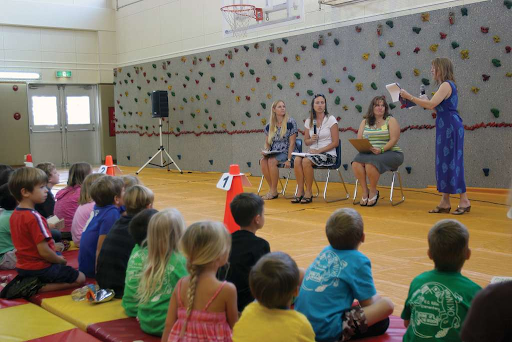
The U.S. Department of Education maintains data on students eligible under the Individuals with Disabilities Education Act (IDEA).
The percentage of IDEA-eligible students ages 3-21 in public schools has steadily risen, from 14.1% in 2019 to 15.2% in 2023.
Notably, children aged 3-5 who are not in kindergarten yet, saw a faster growth rate than those students in Kindergarten through age 21, 13.6% vs. 3% in 2021.
Canada is also seeing similar trends. For example in Ontario, the proportion of students with IEPs has steadily increased over time, surpassing 15% of all students a decade ago.
The education system must address the needs of all students, and early identification of individualized needs is a positive step toward providing the right support. By tailoring educational experiences, we create more inclusive and effective learning environments.
However, this also requires significant effort from everyone involved. To provide the best early support, it’s crucial to understand the unique challenges a child faces.
In the 2022-2023 school year, the most common areas of support for IDEA-eligible children aged 3 to 5 were:
- Developmental Delay: 45%
- Speech/Language Impairment: 33%
- Autism: 15%
With nearly 80% of students on an IEP experiencing developmental delays or speech/language impairments, gaining a deeper understanding of their unique needs will empower the education system to provide more tailored and effective support.
Thus it is vital to intervene as early as possible. Even with certain types of reading difficulties such as dyslexia, students can make significant progress! It’s possible for all students with dyslexia to improve their reading. They can be helped in every step of the way.
Multi-tiered Systems of Support (MTSS) and IEPs. Two Available Support Systems.
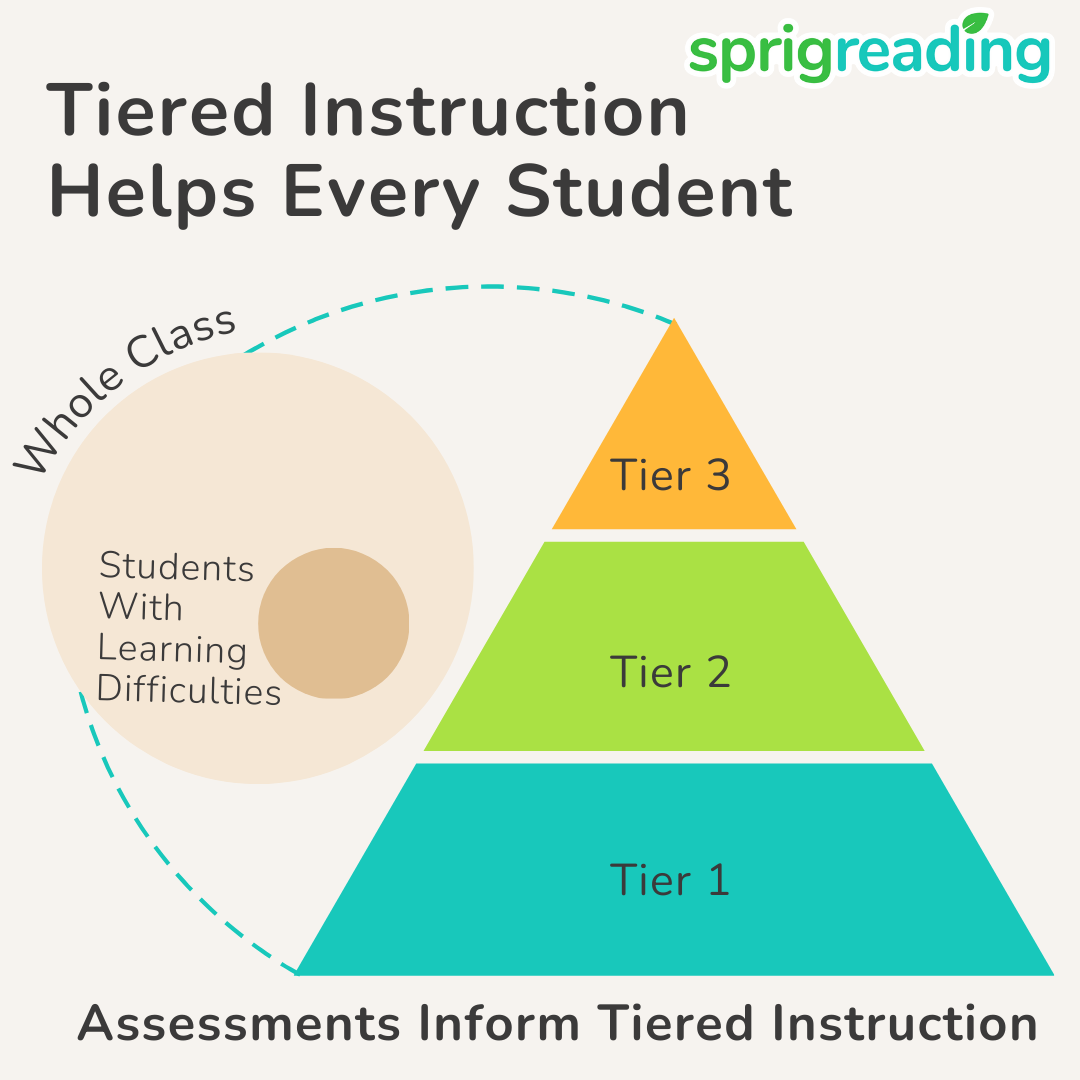
MTSS is a tiered framework that provides a structured approach to delivering interventions to students. It does so by controlling the instruction group size, that is, whole class, small group or individuals. Improving tiered instruction in early literacy using frameworks like MTSS and RtI (Response to Intervention) has been previously covered by Sprig Learning.
It’s very reassuring to know that such tiered frameworks attempt to cover every single student in the classroom, which would also include any student with learning difficulties or disabilities.
But most MTSS models used by schools say that 5% of students in the classroom need tier 3 support, which are intensive interventions designed for individual students.
In the previous section, we saw that up to 15 % and more students require IEPs . Thus, MTSS cannot replace IEPs, but can definitely support it.
To further emphasize this distinctiveness, an IEP does not automatically indicate that a student requires Tier 3 intervention in MTSS. Nor is Tier 3 exclusive to students with IEPs. Instead, Tier 3 is available to any student who needs this level of individualized and intensive instruction.
But yes, the MTSS is very valuable in supporting any students with learning difficulties.
MTSS offers an early identification system for at-risk students through assessments. For students who may face challenges in the IEP referral process, which can be stressful and overwhelming, MTSS can quickly provide the necessary support.
This approach not only addresses immediate needs but also strengthens the case for eventual referral for an IEP, as a part of comprehensive evaluation procedures.
MTSS also ensures that these students have access to the core curriculum and intervention support. Students with IEPs can receive tailored instruction and resources based on their needs in academics, social-emotional skills, or behavior, supervised by Special education staff.
Are There Enough Special Education Teachers?

For the 2024-25 school year, 72% of public schools with special education teacher vacancies reported difficulties in filling these positions, according to the U.S. Department of Education’s National Center for Education Statistics.
In Canada, 94% of elementary schools have a special education teacher, either full or part-time. This marks a decline from 2019/20, when 100% of elementary secondary schools reported having special education teachers.
These numbers indicate that there could be a shortage of special education teachers in the years to come. Policymakers must ensure sufficient resources, both personnel and tools,are available to support those who need them most.
How to Help Students with Learning Difficulties?
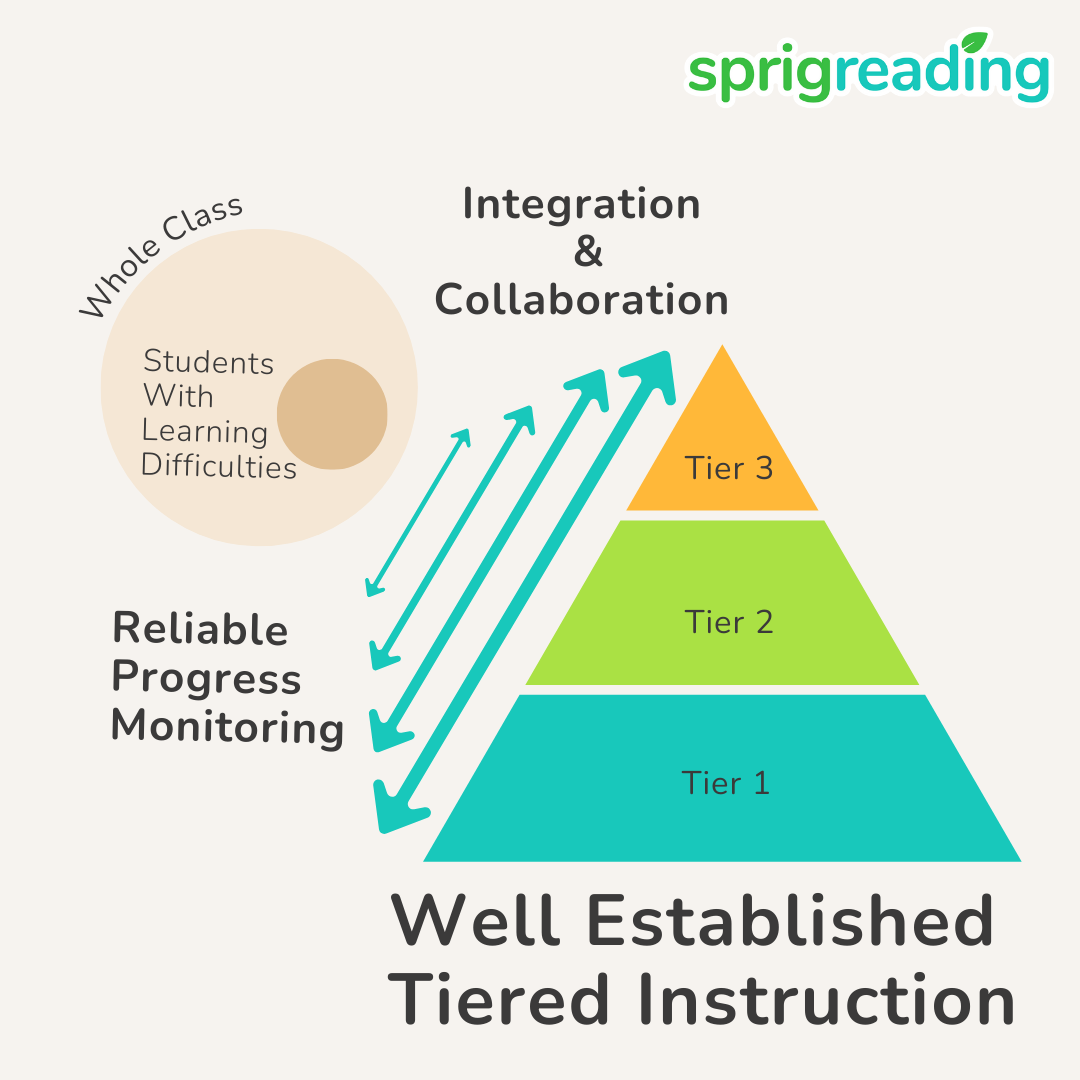
A Widely Adopted and Well-functioning MTSS/ RtI Framework
While an MTSS system cannot replace special education programs, it is well placed to provide help to those students who need it more than others.
Special education law mandates that students be placed in the least restrictive environment, meaning many students with IEPs spend most of their day in general education settings. In such a setting, MTSS can provide valuable resources and support, appropriately benefiting all learners.
Assessments can help measure proficiency and identify needs, and thus MTSS can help educators tailor resources to the specific needs of all students, including those who have IEPs! No one is excluded in such a system.
Reliable Progress Monitoring
Regardless of placement based on an assessment, it is so important that all students, and especially students with IEPs, receive regular progress monitoring!
For MTSS, the organization The Ability Challenge recommends “regular 6-8 weeks cycles for assessment and data collection to inform interventions and progress”. For Special Education, it recommends “regular assessment and data collection”, the frequency of which is determined by IEP, to “monitor progress towards IEP goals.”
In either case, leaving it to benchmark assessments for data at certain times of the year will not suffice. Rather, an ongoing progress monitoring approach is needed. Sprig Reading is purposefully designed to provide teachers with quick and intuitive progress monitoring, so every foundational reading skill can be monitored for all students.
Integration and Collaboration between Tiered Systems of Support and Special Education
Comprehensive student support is only possible with the integration of data from both frameworks, providing a complete view of the student for informed decision-making.
Regular communication between systems like MTSS/RtI and special education also helps to create a unified and uninterrupted approach to student support.
Effective collaboration among all members of the early literacy team is essential. To this effect, Sprig Reading allows multiple members of the teaching staff to create accounts, whereby they can collaborate on the early literacy success of their students.
Helping Every Child Make Progress.

Schools can and must take a preventative and proactive approach when it comes to providing support to students.
But for students who face greater challenges from the start, everyone must also work within those realities to support their reading progress and help them reach their full potential.
This article highlights the essential role of IEPs for students with learning difficulties and how other frameworks and tools can provide a helping hand. If you found this information helpful, subscribe to our monthly newsletter for more insights, expert blogs, and the latest in early literacy.
Frequently track and monitor reading progress for every student.
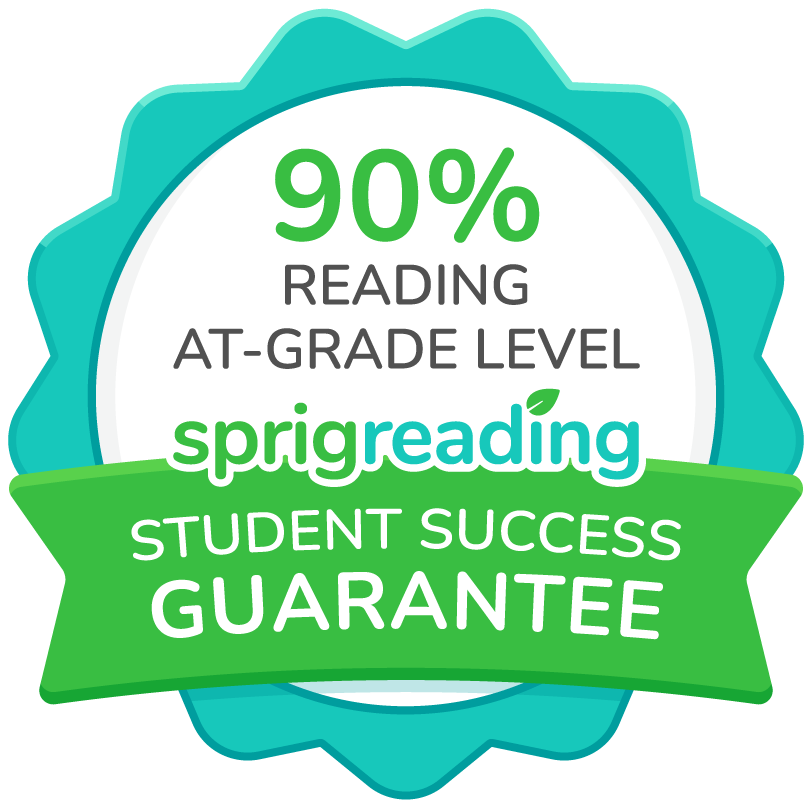

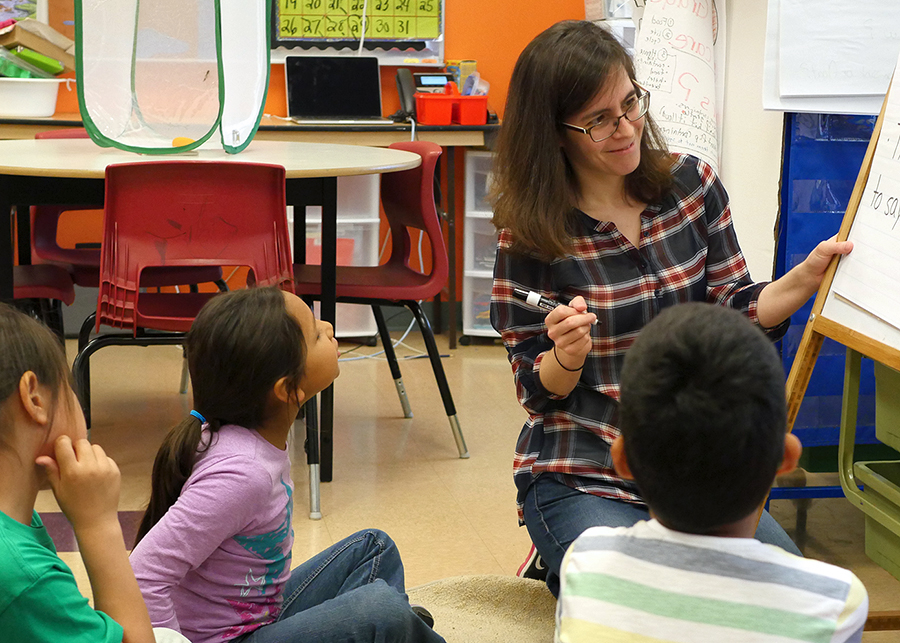
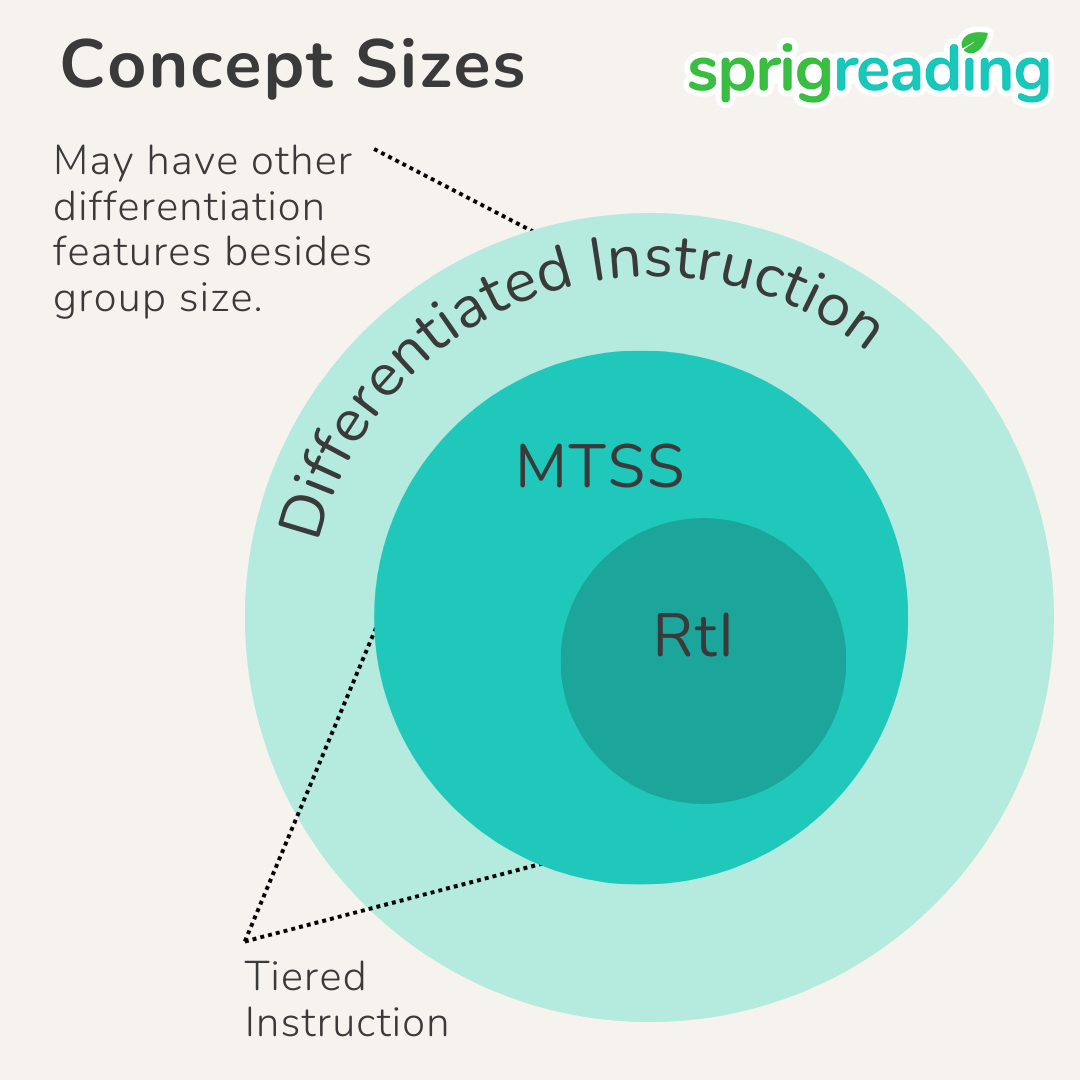
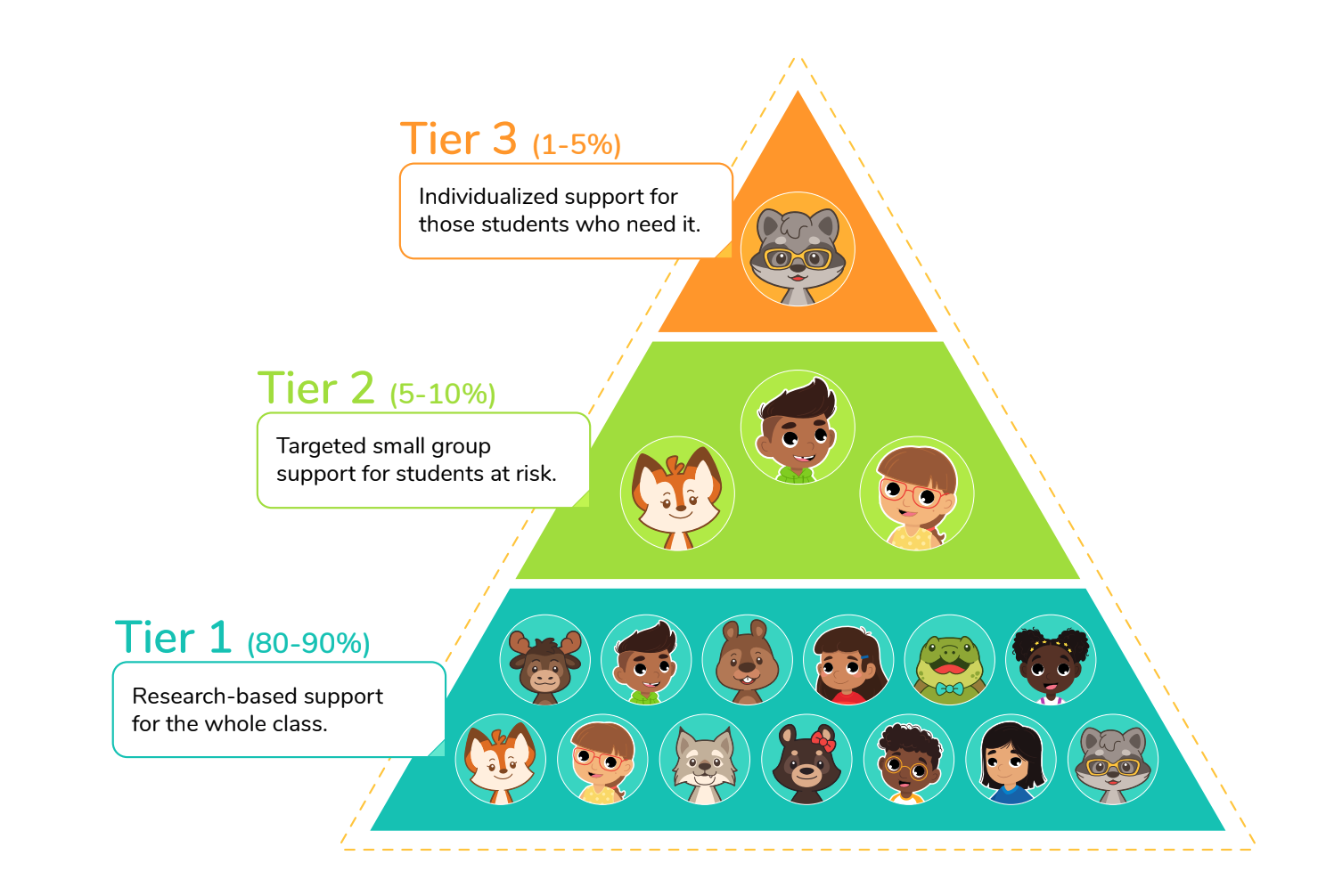

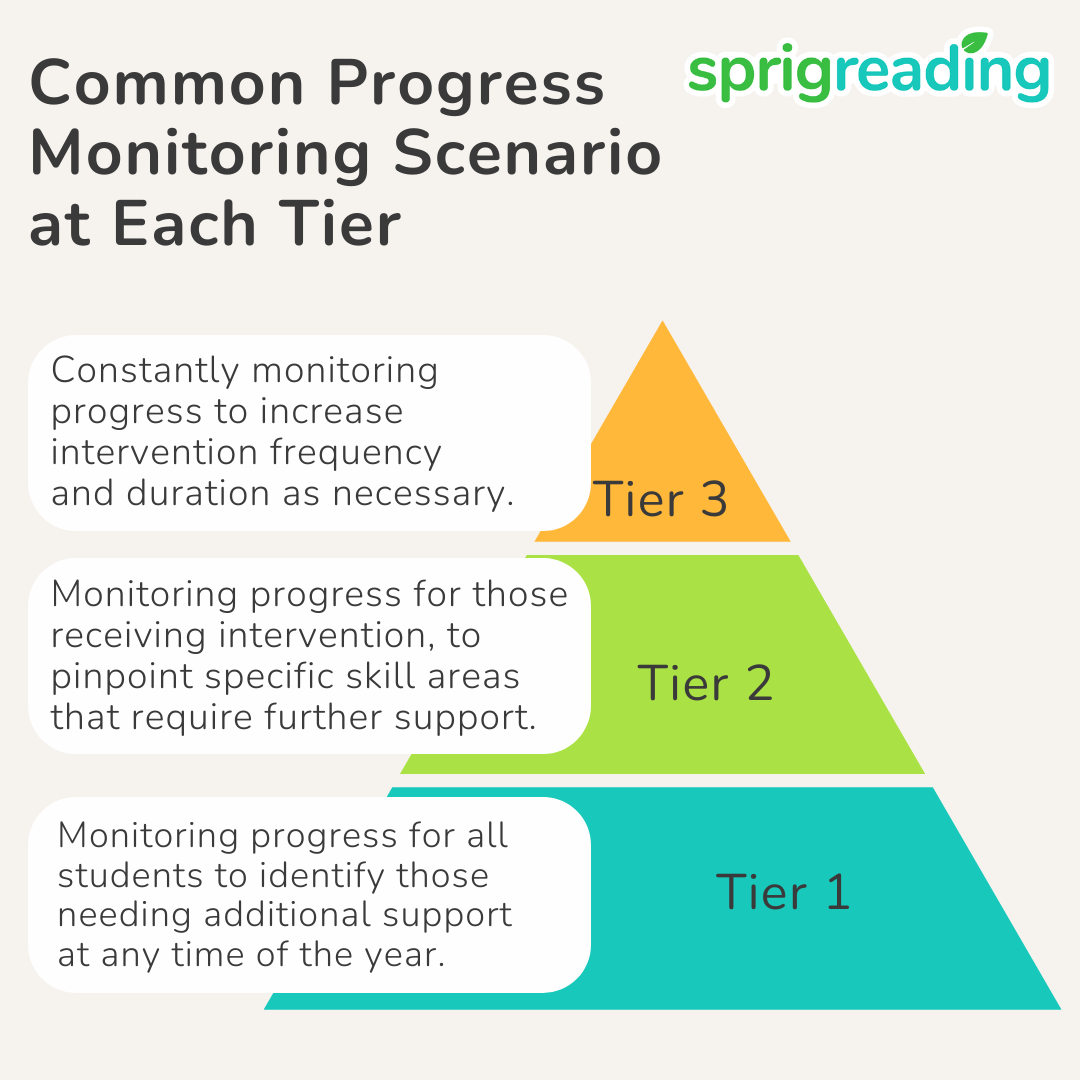

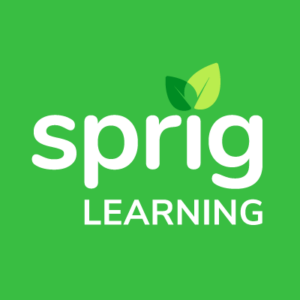
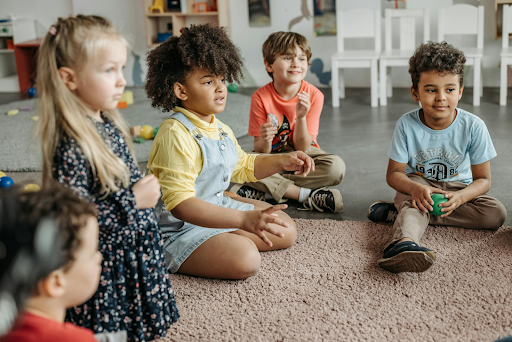

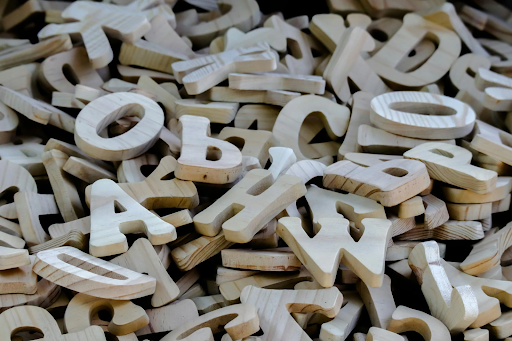


 VS
VS 




